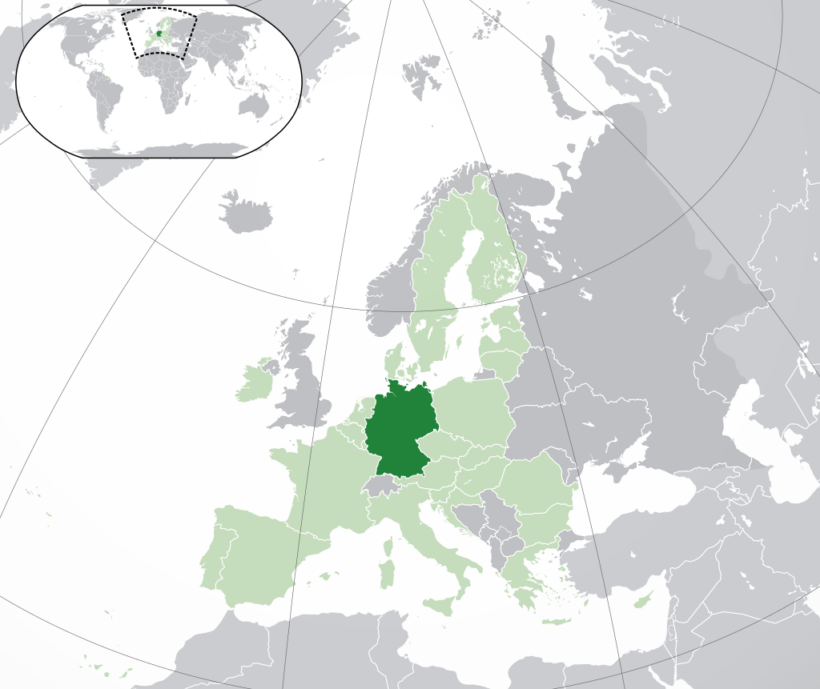After the consummation of Brexit, Germany’s hypothetical exit from the Euro would bring about the end of the Eurozone and the gestation of a new European economic cartography that would mean a return to watertight economic compartments.
The “debt brake” doctrine
According to Joel Kotkin in Forbes magazine, for decades “the countries of the North (Germany, Norway, Sweden, Denmark, the Netherlands, Finland, and the United Kingdom) have compensated for very low fertility rates and declining domestic demand with the arrival of immigrants and the creation of highly productive export-oriented economies”. Thus, following the doctrine of the Schuldenbremse (debt brake) that Germany introduced in its Constitution in 2009 with the inescapable objective that “each generation pays its way and does not consume the taxes that its children will pay in the form of debt”.
Germany would have achieved successive economic surpluses in the last five years because the zero or negative interest rates implemented by the ECB required less money for the payment of public debt and allowed it to accumulate reserves to face the socio-economic crisis resulting from COVID-19 with a massive boost of investments estimated at €20 billion to relaunch the economy.
The German locomotive is stuck in a rut
However, according to an analysis by the German Institute for Economic Research (DIW), Germany is currently weighed down by the war in Ukraine and the total cut-off of Russian gas supplies, which has already caused a contraction of around €100 billion (2.5% of GDP). This contraction will have the collateral effects of pushing the economy into recession and increasing unemployment coupled with runaway inflation and the end of trade surpluses.
Thus, according to euronews.com, the German locomotive would have gone backward in the fourth quarter of 2023 (negative growth of 0.3 % of GDP) due to the increase in energy prices, the reduction in industrial production due to weak European demand, the stagnation of domestic consumption and the loss of competitiveness against countries in the rest of the world, which has resulted in a severe decline of 1.2 % in exports in 2023.
On the other hand, the ECB’s interest rate hike to 4.5% coupled with galloping inflation of 5.9% in 2023, have led to stagnating real wages, tax adjustments, and cuts in agricultural subsidies in Germany, which would have put the German countryside and the rest of the trade unions on the warpath.
Charles Dumas (Lombard Street Research London), argues that “a return to a cherished Deutschmark would squeeze profits, increase productivity, and raise real consumer incomes because instead of lending savings surpluses to peripheral countries, Germans could enjoy higher living standards at home”.
Towards social fracture?
According to a recent EU report, 7.5 million Germans would work in the low-income sector (mini-jobs) and according to the NGO Paritätischer Gesamtverband, the share of people threatened by poverty in Germany would be 14 % (16.6 % of the population).
This, together with the high rate of immigrants in Germany (close to 20%), will lead to the exacerbation of xenophobic feelings in German society (especially among East Germans), due to the reduction in the offer of work, the consequent fierce competition for jobs and the conversion of many suburbs into real ghettos of immigrants, which is why a spectacular rise of far-right ideological groups in the next general elections in 2025 is foreseeable.
Towards Dexit?
According to a survey conducted by TNS-Emnid for the weekly magazine Focus, 26% of Germans would consider backing a party that wants to remove Germany from the euro, which is why the rising star of the German political firmament, “Alternative for Germany” (AfD), initially formed by academics and businessmen but which has radicalized and adopted xenophobic postulates, such as the possible expulsion of millions of foreign citizens, is considering holding a referendum on Germany’s exit from the euro (Dexit).
Germany’s hypothetical exit from the Euro would mean the beginning of the end of the Eurozone and the gestation of a new European economic cartography that would mean the return to watertight economic compartments and the triumph of the US in achieving the balkanization of Europe.






